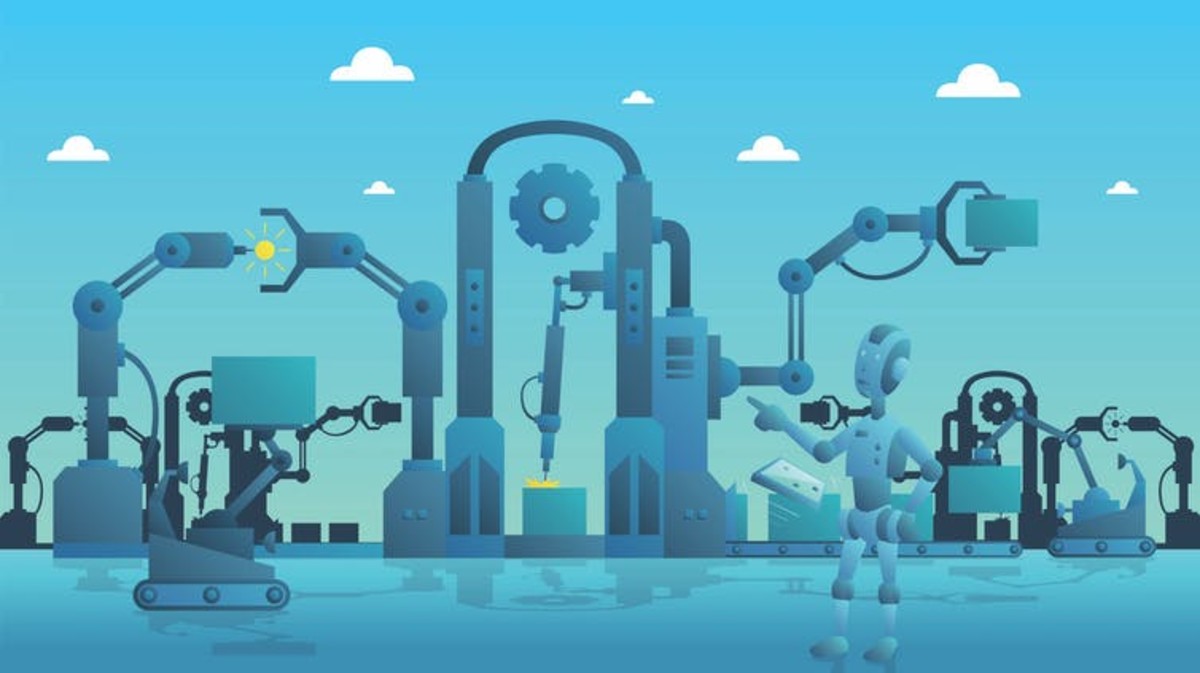Failure of a machine in a factory can shut it down. Lost production can cost millions of dollars per day. Component failures can devastate factories, power plants and battlefield equipment. To return to operation, skilled technicians use all the tools in their kit – machining, bending, welding and surface treating, making just the right part as quickly and as accurately as possible.
.
But there’s a declining number of technicians with the right skills, and the quality of things made by hand is subject to the skills and mood of the artisan on the day the part is made. Both problems could soon be solved by artificially intelligent robotic technicians.
.
These systems can take measurements; shape, cut or weld parts using varied tools; pass parts to specialized equipment; and even purchase needed materials – all without human intervention. Known as hybrid autonomous manufacturing, this process involves automated systems that seamlessly use multiple tools and techniques to build high-quality components where and when they are needed. I am a professor of metallurgical engineering . My colleagues and I design the recipes to make materials and components with just the right internal structure to create properties like strength and fracture resistance. […]
Case Study: How PepsiCo achieved 96% cost savings on tooling with 3D Printing Technology
Above: PepsiCo food, snack, and beverage product line-up/Source: PepsiCo PepsiCo turned to tooling with 3D printing...






























0 Comments